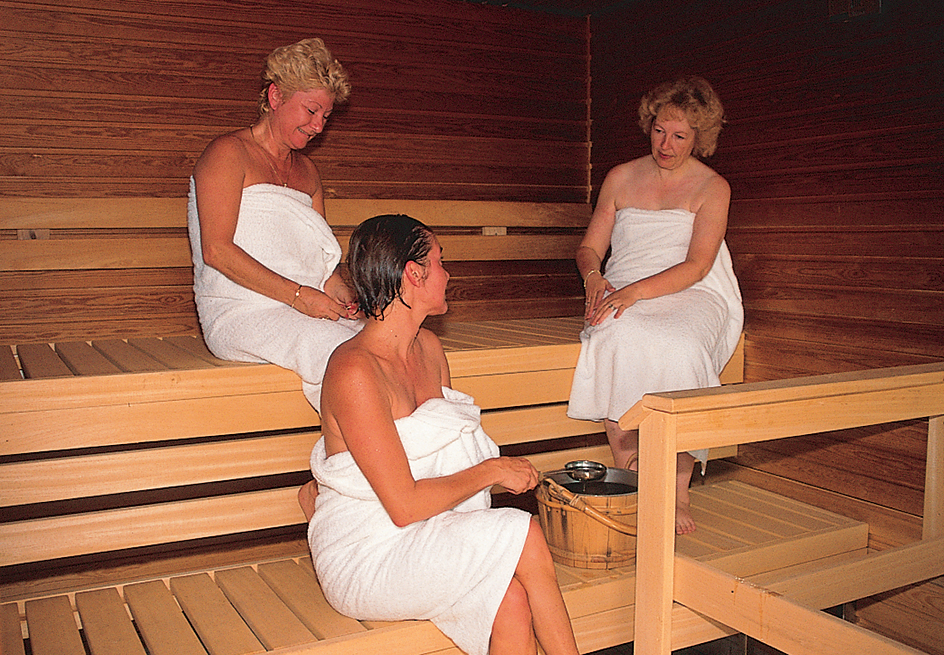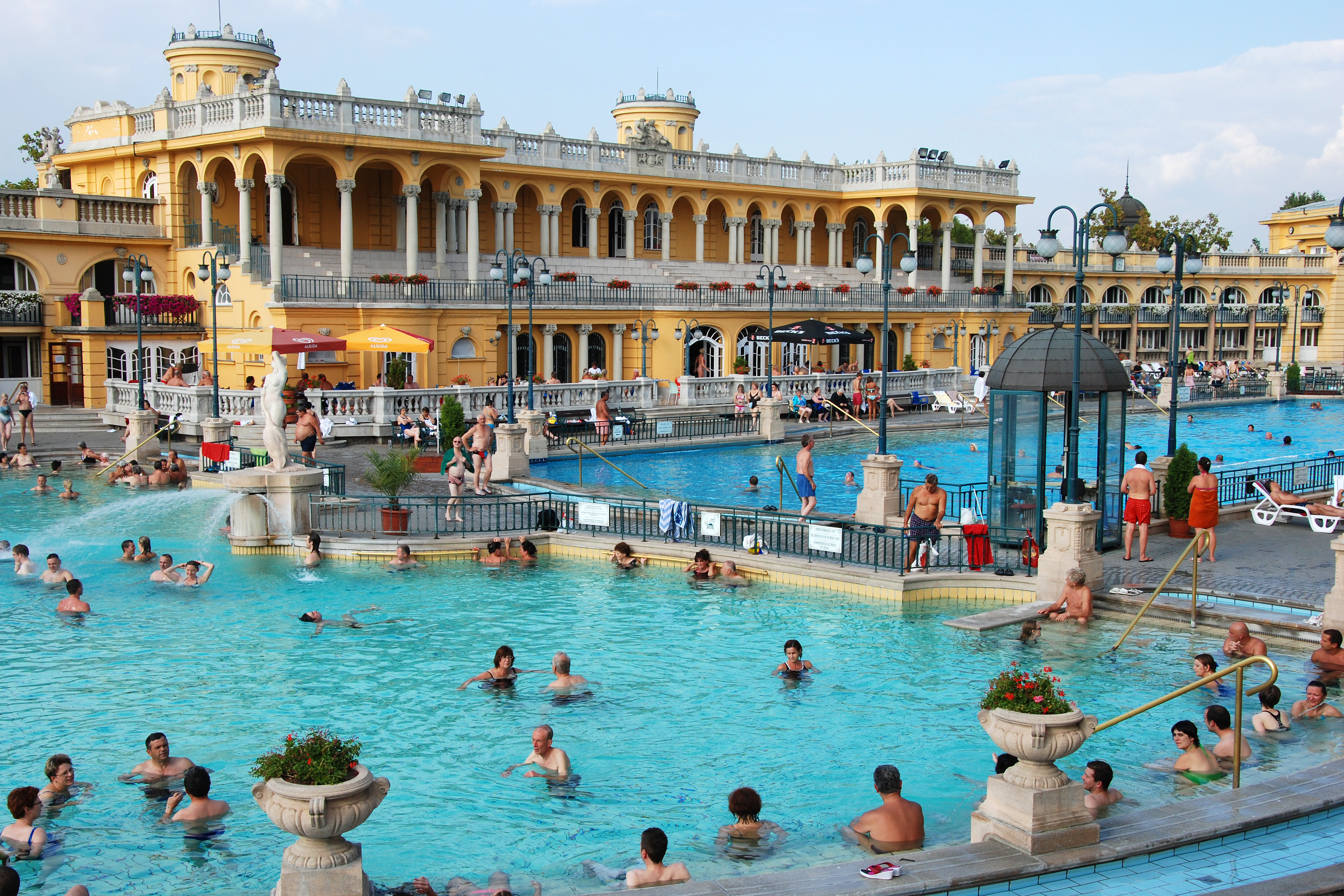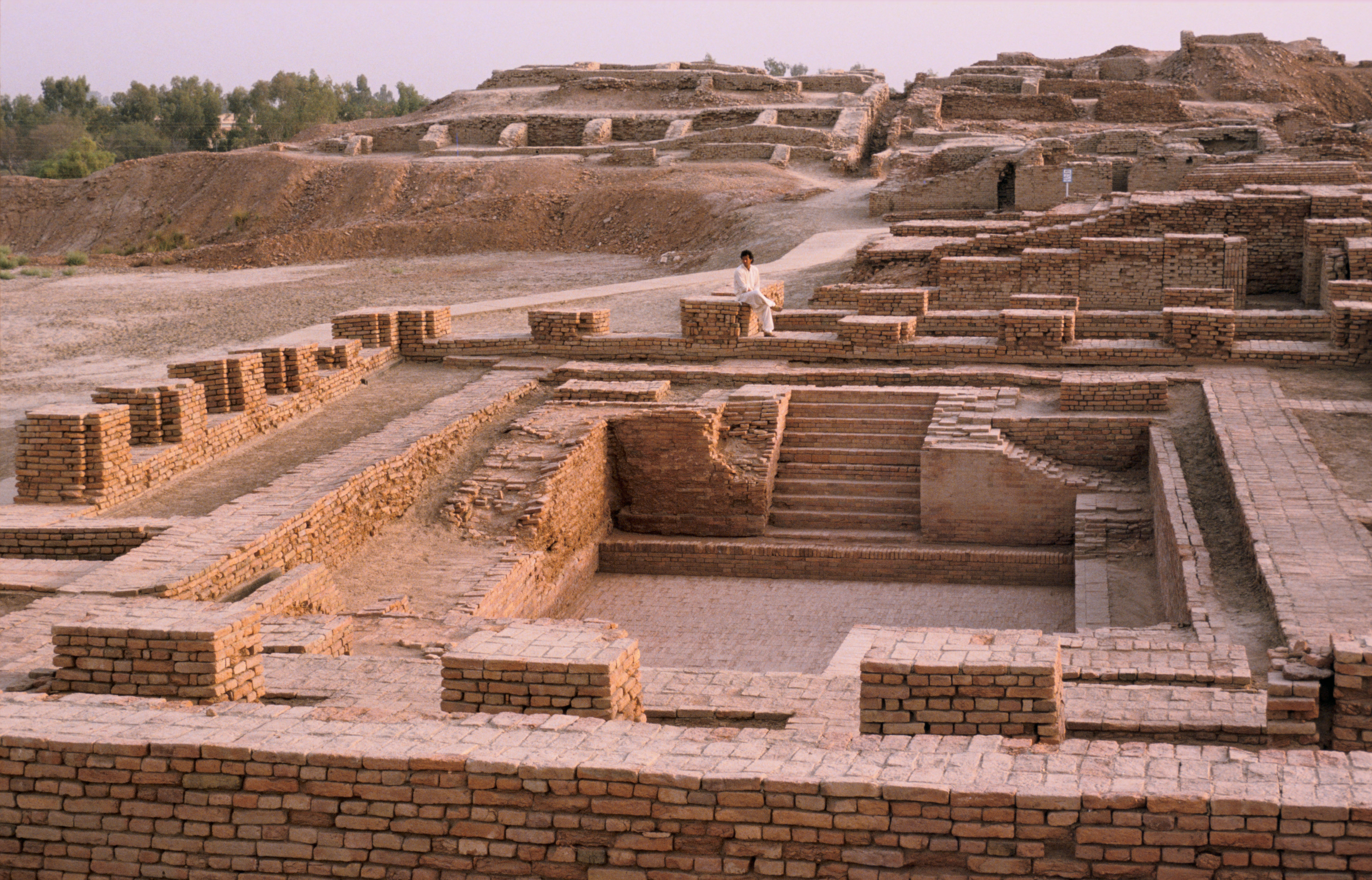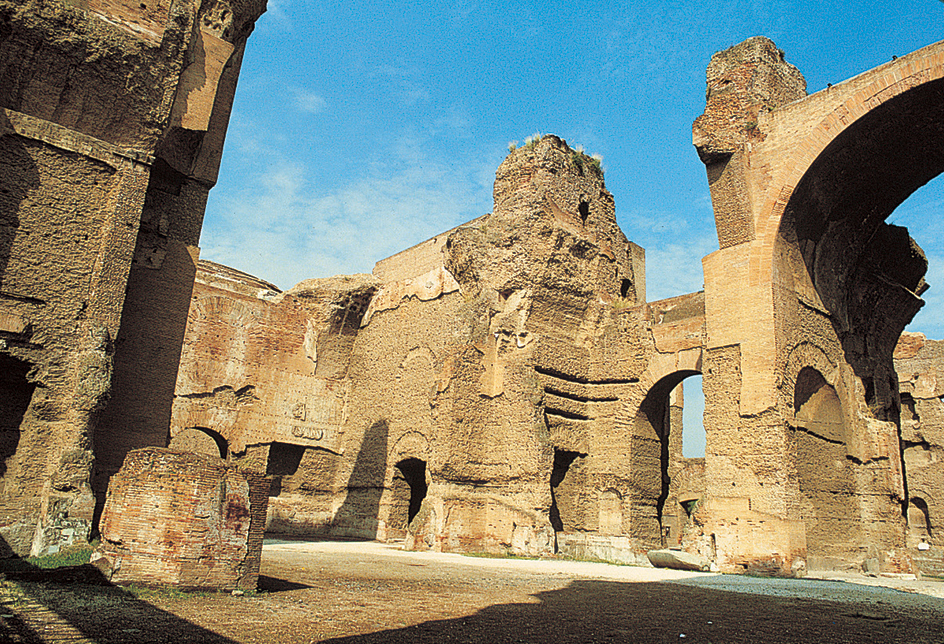Bath is the act of washing the body. Bathing cleans and deodorizes the skin. The main types of bathing are (1) bathing for cleanliness, (2) medical bathing, (3) bathing for relaxation or pleasure, and (4) religious bathing.
Bathing for cleanliness.
The most common method of bathing is to wash with soap and water. Bathers may sit in a tub that contains water or stand under a shower and allow water to pour over their bodies. Soap helps remove bacteria, dead skin, dirt, lint, and body oil. The soap forms a thin layer around particles of dirt and suspends the particles in water until they are rinsed away.
Steam baths, also called Turkish baths or Russian baths, are used in many parts of the world. To take a steam bath, bathers sit in a steam-filled room until they sweat freely. Sweating cleans the pores of the skin. The bathers rinse in cold water to wash away perspiration and close the pores.
The sauna is a type of bath involving dry heat. A traditional sauna consists of a room or bathhouse with wood-paneled walls, a stove on which stones are heated, and wooden benches. Bathers sit or lie on the benches in the sauna and occasionally throw water on the hot stones to produce steam. The sauna remains dry, however, because the wooden walls absorb moisture. The temperature in a sauna ranges from 176 to 212 °F (80 to 100 °C). Bathers may beat themselves or one another gently with birch whisks to loosen dead skin and stimulate circulation. They rinse off in cold water.

The bidet, a common bathroom fixture in many European countries, is used to bathe the genitals. The bather sits on the bidet and washes as water sprays upward from the bowl.
Medical bathing.
Bathing has many uses in the treatment of disease. Bathing in hot water that ranges from about 98 to 112 °F (37 to 44 °C) relaxes muscles, enlarges blood vessels near the surface of the skin, and improves circulation. Warm baths that range from about 90 to 97 °F (32 to 36 °C) may relieve sleeplessness and ease tension. Cold baths of less than 75 °F (24 °C) can reduce swelling. Whirlpools and water massages are used to treat arthritis, polio, rheumatism, and bone and muscle injuries.

For hundreds of years, people have visited health resorts called spas for medical baths. Most spas are on the site of a natural spring that yields bubbling, heated, or mineral-filled water. During the 1700’s and 1800’s, many physicians sent patients to spas to bathe or to drink the water, which was believed to have medicinal qualities. Spas were also popular vacation spots. Today, most people go to spas for a healthful vacation. Many spas offer massages, saunas, steam baths, mud baths, and exercise and diet programs. Famous European spas include Vichy, France; Baden-Baden, Germany; and Karlovy Vary (formerly Carlsbad), the Czech Republic. Popular spas in the United States include White Sulphur Springs, West Virginia; Saratoga Springs, New York; Calistoga, California ; and Hot Springs, Arkansas, now a national park.
Bathing for relaxation or pleasure
is popular in many countries. In Japan, people wash before soaking in a tub of hot water because the tub is used only for relaxation. During the 1970’s, hot tubs became popular in the United States. They are large wooden tubs in which two or more people soak in steaming-hot water. Most hot tubs are outdoors. A 6-foot (1.8-meter) tub can hold up to 13 people. Most hot tubs have a heater, filter, and pump. The pump in the hot tub circulates the water.
People also relax by bathing in mud. Spas in Calistoga, California, specialize in mud baths. The mud is composed of mineral water and soil containing volcanic ash. The bather reclines in a tub of mud about 100 to 104 °F (38 to 40 °C) for 12 to 15 minutes, followed by a 10- to 15-minute mineral water bath.
Religious bathing.
Many religions call for bathing before or during religious observances. The ancient Israelites probably began the custom of religious cleansing. They believed it was important to wash themselves after contact with the dead or the insane, who were thought to be unclean.
The Hindus consider the Ganges River sacred and come to bathe in its waters to purify themselves. The sick come hoping the water will cure them.
Christians celebrate a person’s entrance into the Christian faith with a ceremony called baptism. A person being baptized is dipped into water or sprinkled with it as a sign of washing away sin.
History.
Archaeologists have found the remains of baths in the ruins of many ancient civilizations, including those of Babylon and Egypt. The ruins of public baths believed to be about 4,500 years old were discovered at Mohenjo-Daro (also spelled Moen jo Daro), near Larkana, Pakistan.

In ancient Rome, only the wealthy could afford private bathrooms. But the Romans built public baths in nearly every city of the empire. The bathhouses had facilities for warm and cold baths, steam baths, and massages. By the 20’s B.C., they had become social gathering places with marble floors and columns, painted ceilings, statues, gardens, gymnasiums, libraries, meeting halls, and theaters. The Baths of Caracalla in Rome, built in the early A.D. 200’s, could hold 1,600 bathers at a time.

During the Middle Ages in Europe, bathing declined in popularity. Public bathhouses were called stews, and bathing was called stewing because bathers sat in hot water. By the 1400’s, public baths had become centers for prostitution, the performance of sexual acts for payment. The word stew came to mean a house of prostitution. As a result, church and government officials passed laws forbidding public bathing. People seldom bathed at home either. They used paint and powder to hide dirt, and perfume to mask body odor.
The Puritans, a group of English Protestants who founded the New England Colonies, disapproved of bathing. They believed that nakedness, even to take a bath, led to sinful behavior. But bathing gained popularity in the United States during the late 1700’s and early 1800’s. The American statesman Benjamin Franklin brought a tub called a slipper bath from Europe to the United States. This tub was shaped like a slipper and hid the bather’s body from view.
During the 1800’s, most American homes did not have running water or bathrooms. Many families kept a bathtub in the bedroom and filled it by hand. People also began using hand-powered showers. The bather sat on a stool and worked a hand lever or foot pedal that pumped water on the head.
In 1855, the American millionaire George Vanderbilt acquired what was probably the first modern bathroom. But home bathing facilities remained a luxury until the 1900’s. Modern bathtubs, with built-in faucets and protective surfaces of enameled porcelain, began to be mass-produced about 1920. Today, most U.S. homes have bathroom facilities, including a bathtub, shower, and sink.
